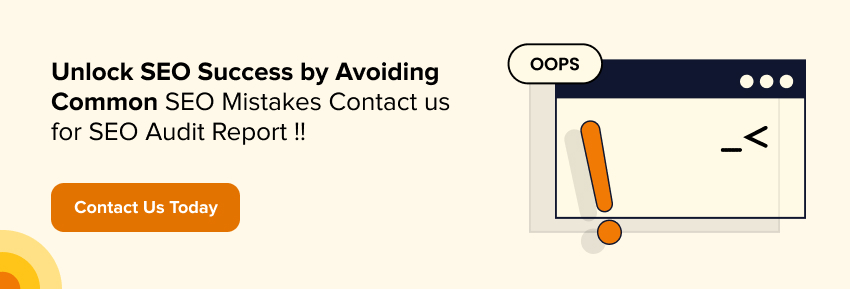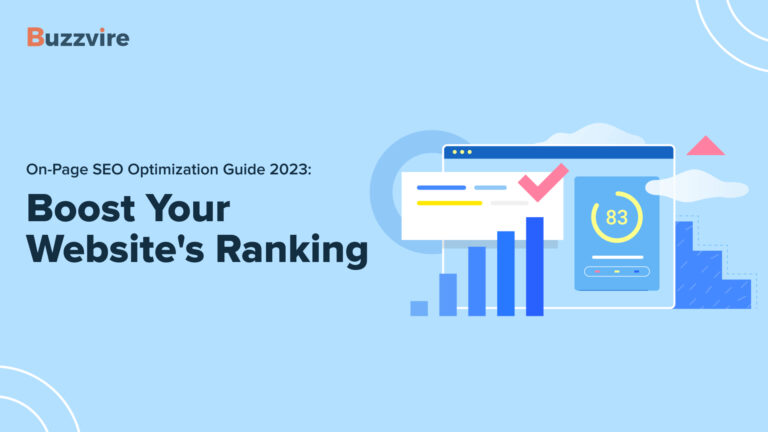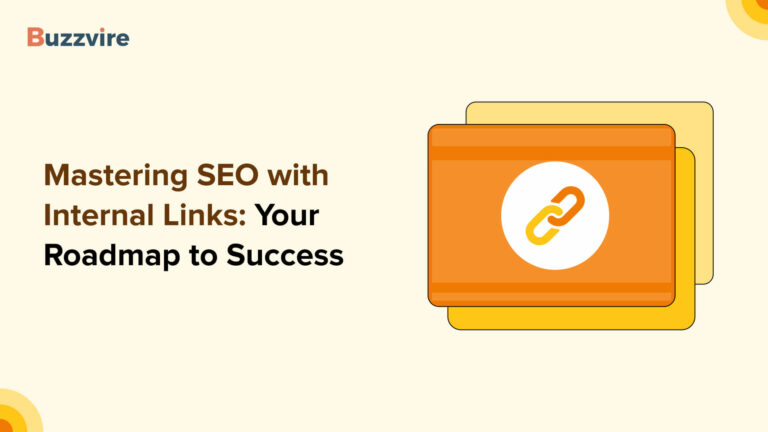Are you facing a challenge with your SEO?
Not seeing the results you desire from your efforts?
Well, worry not. The efforts may not be in vain. They may simply need some optimization and corrections.

Every so often, in haste to get their websites good visibility and traffic, brands end up making common SEO mistakes. Fortunately, we’ve curated a comprehensive guide to help you identify these mistakes and considerably improve your website’s SEO performance.
But before that, let’s understand the importance of SEO for website performance.
How SEO Affects Your Website Performance
With digital technology advancements, users rely extensively on search engines. It is their source of finding information, products, and services. And that’s why having a strong online presence becomes highly important for a business.
That’s where SEO (Search Engine Optimization) comes into the picture. It directly affects your website’s visibility and organic traffic from search engines.
Here are three factors that good SEO can drive
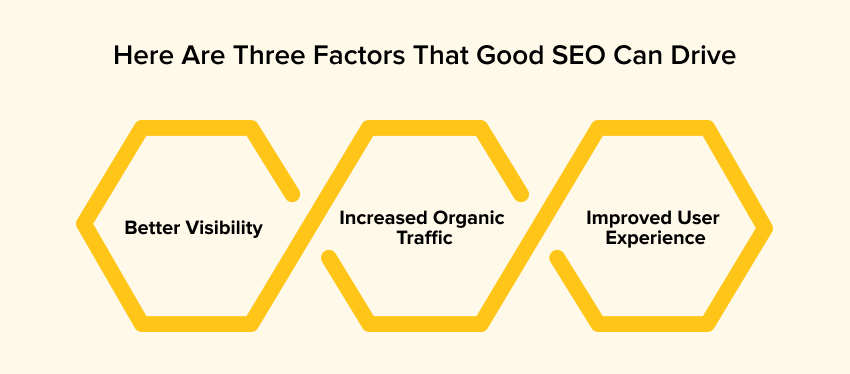
Better Visibility
When you implement effective SEO strategies, you ensure that search engines easily understand and index your website content. Optimizing SEO elements like meta tags, keywords, headings, and site structure helps search engines recognize the relevance and value of your website pages. This recognition, in turn, increases the chances of your website ranking higher in search engine result pages (SERPs) for relevant queries.
Increased Organic Traffic
Improved visibility on SERPs means more organic traffic. How? It’s simple. Like all of us, users are likely to click on the top-ranking results. And increasing quality traffic can increase your brand exposure, boost conversion rates, and ultimately lead to your business growth.
Improved User Experience
Moreover, SEO contributes to a better user experience. Optimized website speed, mobile responsiveness, and overall usability make your website more likely to engage visitors and increase the average time spent while reducing bounce rates. These aspects improve user satisfaction and send positive signals to search engines, boosting your ranking.
In a nutshell, SEO can enhance your website performance by driving organic traffic, improving visibility, and creating a positive user experience. But it’s not a one-time wonder.
SEO is an ongoing process that demands continuous monitoring, optimization, and adaptation to keep up with search engine algorithms and user preferences.
So, let’s delve deeper into the common SEO mistakes you should be wary of and avoid.
6 Common SEO Mistakes to Look Out for
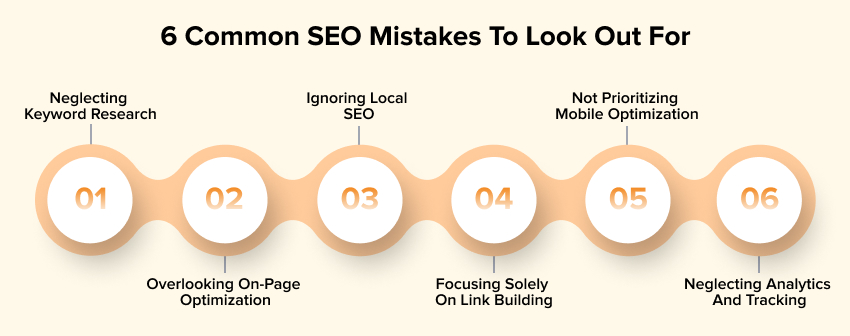
Neglecting Keyword Research
Keyword research helps you identify what words and phrases your target users enter into search engines. When you get an idea of the popular and relevant keywords, you can optimize your content accordingly. In addition, you can increase the likelihood of your website ranking better in search engine result pages (SERPs).
What are the consequences of neglecting keyword research?
Well, there are numerous. Without the right research, you may be unable to target the right keywords. That can cause low visibility and organic traffic. You could also miss opportunities to optimize your content and attract your target audience. Moreover, because of neglecting keyword research, your competitors can outshine your website.
What are the steps to conduct effective keyword research?
Step 1: Brainstorm potential and relevant keywords and phrases.
Step 2: Use tools like Google Keyword Planner, SEMrush, or Ahrefs to analyze the search volume, competition, and related keywords. Choose the most appropriate ones for optimization.
Step 3: Prioritize your keywords based on relevance, search volume, and competition level. Remember to balance popular keywords with high competition and long-tail keywords with lower search volume but higher ranking chances.
Step 4: Integrate the chosen keywords strategically into your website content, including headings, titles, meta tags, and body text. Ensure a natural and user-friendly flow.
Overlooking On-Page Optimization
On-page optimization is a sum of the practices and techniques you use to optimize individual web pages, improve their search engine rankings, and attract organic traffic. Good on-page optimization can enhance your website’s visibility, user experience, and overall performance.
How? On-page optimization helps search engines comprehend your content and the relevance of your web pages. When you strategically incorporate relevant keywords in your titles, headings, meta tags, and content, you signal search engines what your page is about. This approach, in turn, increases the chances of your website appearing in search engine result pages (SERPs) when users search for related queries.
What are the common on-page optimization mistakes to avoid?
- Keyword Stuffing:

Keyword stuffing is when you use keywords excessively to manipulate search rankings. Instead, focus on natural and meaningful incorporation.
- Neglecting Meta Tags and Meta Descriptions:
Meta tags and descriptions concisely summarize your web pages and affect your click-through rates from search results. Ensure you optimize them effectively.
What are the best practices for on-page optimization?
- Creating unique and engaging content.
- Using descriptive URLs
- Optimizing images with alt tags
- Implementing internal linking to establish a coherent website structure
- Ensuring fast loading speed
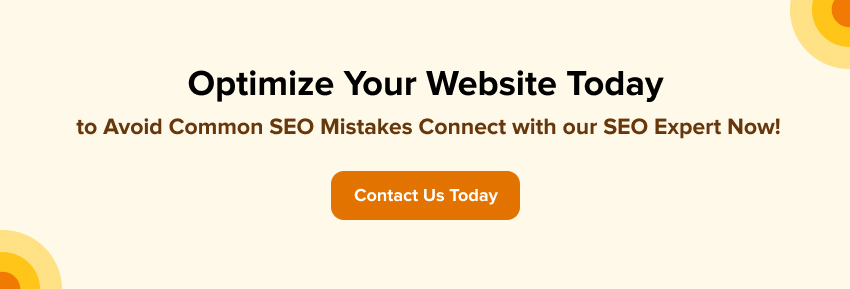
Ignoring Local SEO
There have been numerous cases where businesses with physical locations underestimate local SEO. Local SEO optimizes your website to appear in search results for location-specific queries. That makes it all the more essential when targeting a local customer base.
Local SEO helps you reach potential customers actively searching for products/services in your area. When you optimize your website with location-specific keywords, create Google My Business listings, and ensure consistency across online directories, you increase your visibility in local search results. This increase in visibility can significantly improve footfall to your physical store and boost your online conversions.
How to avoid common local SEO mistakes?
First, ensure consistency in your business information, like name, address, and phone number (NAP) across all platforms. If these details are not updated, it can confuse search engines and potential customers.
Second, respond to customer reviews. Your responsiveness will reflect approachability and encourage further customers to leave reviews. Keep engaging with them and build a positive online reputation!
What are the steps to improve local SEO?
1: Use local keywords and location-specific landing pages.
2: Maintain your Google My Business listing with correct business information, photos, and reviews.
3: Sign up for local directories and industry-specific websites to gather quality backlinks.
4: Engage with your local community through events and partnerships.
Focusing Solely on Link Building
Yes, link building plays a vital role in improving search engine rankings and domain authority, But it should not be your sole focus. SEO is multifaceted and requires a holistic approach for the best results.
What are the consequences of focusing solely on link-building?
When fixated on acquiring backlinks, you may overlook the importance of on-page optimization, quality content creation, user experience, and technical SEO. And as we’ve seen earlier, these factors directly impact your search rankings and overall website performance.
In addition, when you rely solely on link building, it can lead to unethical practices and a barrage of low-quality, spammy backlinks. Search engines like Google are now even more adept at detecting manipulative link-building tactics. If caught engaging in black hat SEO techniques, your website could face penalties and ranking loss and be removed from search results.
What are the other important SEO factors to consider?
For holistic SEO success, pay attention to these factors besides link building:
- Creating high-quality, relevant content.
- Optimizing your website’s on-page elements, including meta tags, headings, and keyword usage.
- Ensuring your website is technically sound, with a fast loading time and mobile responsiveness.
- Enhancing user experience through intuitive navigation, engaging design, and CTAs.
Not Prioritizing Mobile Optimization
More and more users are accessing the internet through their mobile devices. It’s a mobile-centric world today; and when you ignore mobile optimization, you’re missing out on a significant audience base.
Mobile optimization ensures that your website is user-friendly, accessible, and visually appealing on mobile devices. With a poorly optimized mobile experience, your audience will face slow loading times, distorted layouts, and difficult navigation. This poor experience can lead to high bounce rates and decreased user engagement. On the other hand, a seamlessly optimized mobile site will give a positive user experience, encourage longer visit durations, and increase the likelihood of conversions.
What are the common mistakes in mobile optimization?
Among the common mistakes in mobile optimization is not implementing responsive design. A responsive design automatically adjusts your website layout and content to fit different screen sizes.
Another mistake is using large images that are not optimized. These images can slow down your page loading time on mobile devices. Not optimizing font sizes and buttons for mobile screens can make it challenging for users to read and interact with your website.
What are the best practices for mobile optimization?
- Implementing responsive design
- Optimizing images for faster loading times
- Using legible fonts and appropriately sized buttons
- Ensuring mobile-friendliness with tests on various devices and screen sizes
- Optimizing your content to be concise and easily scannable on smaller screens
Neglecting Analytics and Tracking
Not being attentive to analytics and tracking can hamper monitoring and improving website performance. Analytics and tracking will help you understand your user behavior, sources of traffic, and conversion rates. These metrics will, in turn, help you make data-driven decisions to optimize your website.
Analytics and tracking help understand how users interact with your website. Analyzing data like page views, duration of sessions, and bounce rates opens avenues to track your campaign effectiveness and make informed decisions.
What are the common mistakes in analytics and tracking?
- Not utilizing tracking tools or using incorrect configurations for them.
- Not measuring your website performance accurately with the right goals and conversion tracking.
- Relying only on vanity metrics like page views without paying attention to user engagement and conversion insights.
What are the best practices for analytics and tracking?
- Using reliable tracking tools like Google Analytics with the correct configurations.
- Measuring conversions and success is defined by setting goals and eCommerce tracking.
- Constantly reviewing and analyzing your data to identify trends, patterns, and scope of improvement.
- A/B testing to experiment with varied elements on your website and measure their impact on user behavior.
- Monitoring your business goal-specific metrics with custom reports and dashboards.
- Regularly communicating and sharing insights with stakeholders for data-informed decision-making.
- Continuously refining and optimizing tracking strategies to ensure accurate and holistic data collection.
Conclusion
By now, you’d have realized that the journey of improving your website SEO calls for a multifaceted approach and ongoing effort.
You can build a solid SEO base for enhanced performance with good keyword research, on-page optimization, local SEO, link building, mobile optimization, and analytics.
The increasingly mobile-centric world demands prioritizing mobile optimization for an exceptional user experience. Remember to stay up-to-date with the latest SEO trends and algorithm changes!
A holistic SEO strategy with consistent best practices is key to enhancing website visibility, attracting organic traffic, and achieving long-term success in this highly-competitive digital landscape.
FAQs
Keyword stuffing involves excessively stuffing keywords into your webpage content to manipulate search engine rankings. It can make your content lose its natural flow and tonality, become unreadable and irrelevant, and also violate search engine guidelines. Moreover, search engines penalize keyword stuffing, which can make your website rank lower and possibly result in its removal from search results.
Search engines aim to give users unique and valuable content. When it detects duplicate content, the search engine may choose to show only one version or decrease the ranking of all duplicate pages. It will, in turn, dilute the visibility and authority of your website, affecting organic traffic and overall SEO performance.
The number of users accessing the internet through mobile devices is increasing at a fast pace, urging the need for SEO mobile optimization. Google and other search engines prioritize mobile-friendly websites in their results for a better user experience. Without mobile optimization, your website could rank lower, have decreased organic traffic, and less user engagement.
Here are some steps to prevent technical SEO mistakes:
– Regularly audit your website for broken links, crawl errors, slow page speed, and incorrect use of tags.
– Stay up-to-date with the latest search engine guidelines and best practices.
– Ensure proper website indexing through XML sitemaps.
– Constantly monitor and analyze your website’s performance with tools like Google Search Console and Google Analytics to fix technical issues promptly.
